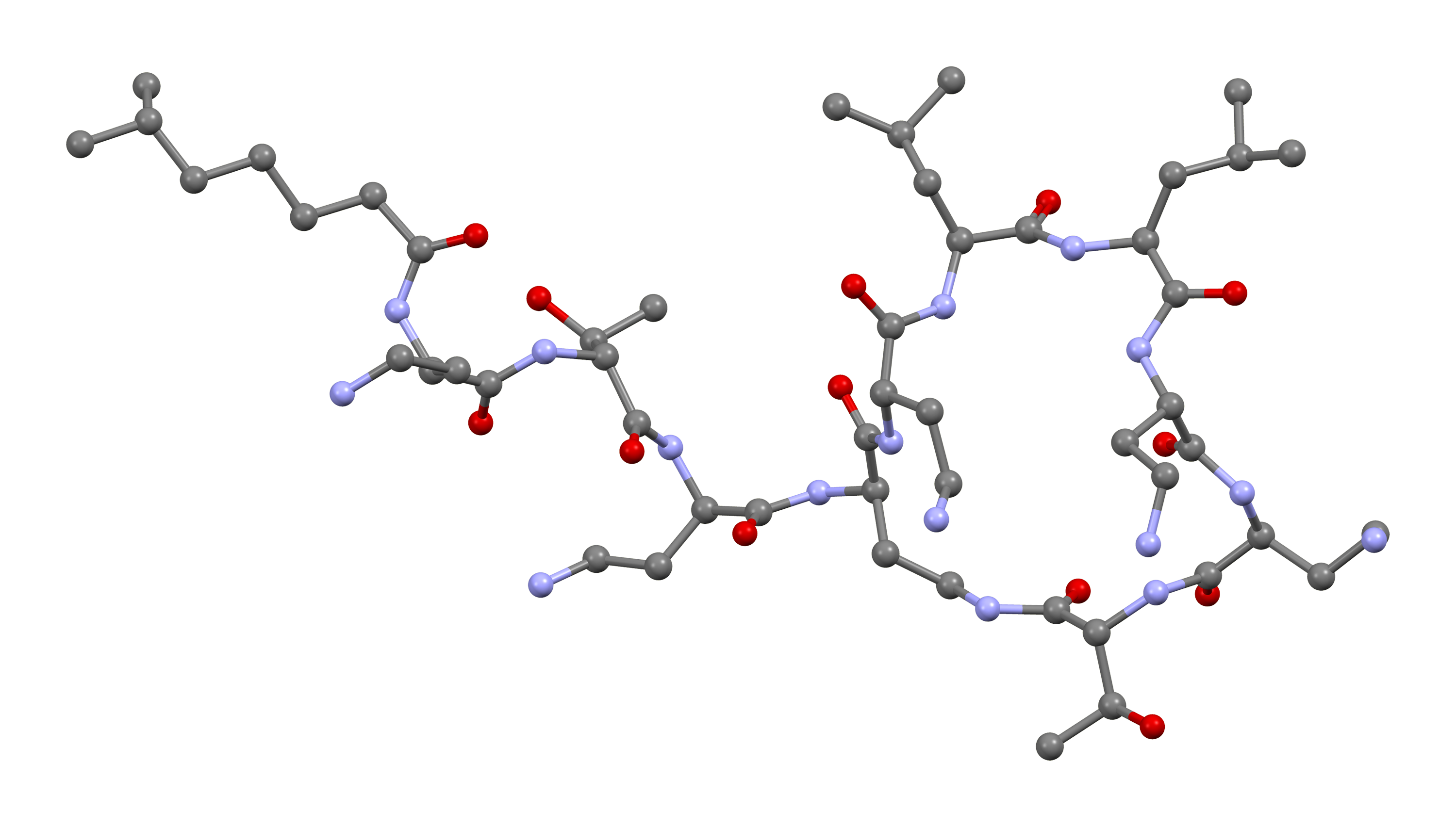| name | Colistin |
| Classification | Aminoglycoside antibiotic (specifically, a polymyxin) |
| Pharmacokinetics | | absorption | Poorly absorbed orally; administered intravenously or intramuscularly. | | distribution | Wide distribution to tissues and organs, including the kidneys and lungs. | | metabolism | Minimal hepatic metabolism. | | excretion | Primarily renal; significant accumulation in patients with renal impairment. | | half life | Variable, depends on renal function and dosage; can range from several hours to over 24 hours. |
|
| suggested dosage | Dosage varies significantly depending on the patient's renal function, severity of infection, and the specific formulation. Consult a healthcare professional for appropriate dosage and duration of therapy. Colistin is often given intravenously or intramuscularly. |
| indications | | 1 | Treatment of serious infections caused by multi-drug resistant Gram-negative bacteria, particularly *Pseudomonas aeruginosa* and *Acinetobacter* species. | | 2 | Treatment of infections when other antibiotics are not effective or contraindicated. | | 3 | Should be reserved for cases where alternative antibiotics are not appropriate, due to the potential for severe side effects. |
|
| Safety in pregnancy | Limited data. Use during pregnancy only if the potential benefit outweighs the potential risk to the fetus. Consult a healthcare professional. |
| Safety in breastfeeding | Colistin is excreted in breast milk. Use with caution and consult a healthcare professional if breastfeeding. |
| side effects | | 1 | Renal toxicity (nephrotoxicity) | | 2 | Neurotoxicity (e.g., peripheral neuropathy) | | 3 | Ototoxicity (e.g., hearing loss) | | 4 | Gastrointestinal upset (e.g., nausea, vomiting, diarrhea) | | 5 | Allergic reactions (e.g., skin rash, hives, anaphylaxis) | | 6 | Local reactions at the injection site | | 7 | Elevated serum creatinine | | 8 | Increased blood urea nitrogen |
|
| alternatives | |
| contraindications | | 1 | Patients with known hypersensitivity to colistin or other aminoglycoside antibiotics. | | 2 | Severe renal impairment. |
|
| interactions | | 1 | Other nephrotoxic drugs (e.g., aminoglycosides, loop diuretics) | | 2 | Drugs that decrease renal function or blood pressure | | 3 | Other medications |
|
| warnings and precautions | | 1 | Monitor renal function closely during therapy. | | 2 | Monitor for signs and symptoms of neurotoxicity and ototoxicity. | | 3 | Use with extreme caution in patients with pre-existing renal disease or other conditions that might increase the risk of adverse effects. | | 4 | Dosage adjustments may be necessary in patients with renal insufficiency. |
|
| additional informations | | 1 | Colistin is a last-resort antibiotic. It should only be used when other antibiotics are ineffective or contraindicated. The potential for severe side effects must be weighed against the clinical need. | | 2 | Bacterial resistance to colistin is increasing, which is a growing concern. |
|
| patient specific notes | Age and weight (25 years old, 70kg) are factors considered in dosage and monitoring but aren't directly relevant to the contraindications, warnings, or suggested dosage for colistin use. A healthcare provider can fully calculate dosage considerations, given the specific clinical context. |

